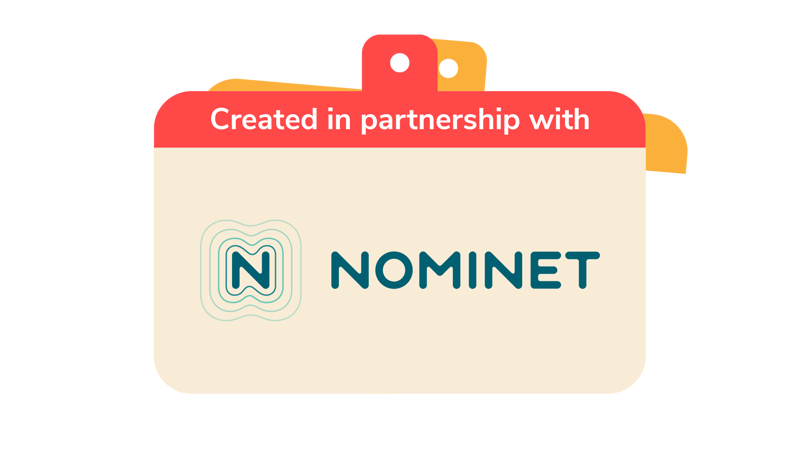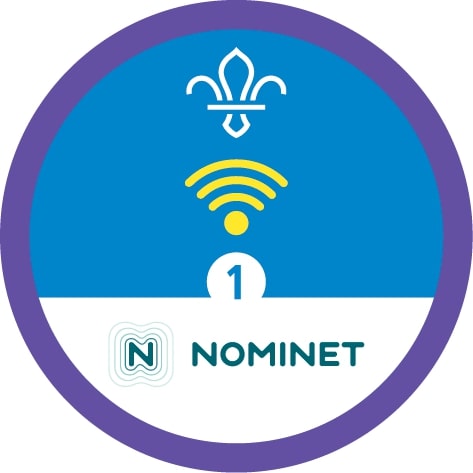
Play Moral Compass
You’ll need
- Big pieces of paper
Before you begin
- Use the safety checklist to help you plan and risk assess your activity. Additional help to carry out your risk assessment, including examples can be found here. Don’t forget to make sure all young people and adults involved in the activity know how to take part safely.
- Make sure you’ll have enough adult helpers. You may need some parents and carers to help if you’re short on helpers.
Offering support for this activity
- You could look out for key dates in the calendar that you could plan this activity for, such as Internet Safety Day.
- This might be the first time that a young person has talked about any online bullying or difficulties that might be affecting them. Talk a look at our guidance on bullying.
- If a young person shares a problem with you, let them know they can talk to you afterwards and that they can get support from Childline by calling 0800 1111 or visiting the Childline website.
- Remember to follow the Yellow Card in any conversations, and read our guidance on supporting mental health in Scouts.
Planning this activity
- Put up four different pieces of paper on the sides of the meeting place. These should read: ‘Right behaviour’, ‘Wrong behaviour’, ‘Depends on the situation’ and ‘Not a big deal’.
- These signs will act as the different compass points for the activity to help everyone remember what options they have, and they can be either handwritten or printed.
Running this activity
Which way to go?
- Gather everyone together in a circle and explain that during this activity you’ll be exploring different views people have on various online behaviours.
- Point out the four moral ‘compass points’ on each wall.
- Explain that you’ll read out an online behaviour and participants will move sensibly to a compass point to express their opinion. They should think about if the behaviour is, in their personal opinion, a morally acceptable action.
- When everyone’s ready, read out one of the online behaviours below.
- Once people have made a decision, participants should move to the ‘compass point’ that best describes how they feel about the behaviour. Some behaviours include:
- Abusing an opponent in a game to put them off
- Using hacks when playing against another player
- A player accepting a trade for something that they got for free
- Putting pressure on a friend to stay up late to play games
- Starting a game when you know one friend can’t play now
- Sending a well done message to someone when the play well
- Publicly challenging a person with highly controversial views
- Mocking new players
- Flirting with other players on a game
- Playing games with extreme violence
- Reporting any bullying or anything that makes you uncomfortable to a trusted adult
- Using hacks or cheat codes to play a game
- Swearing at an opponent in a game
- Pretending to sexually assault another person’s character in a game
- Letting a new friend play the game with you, regardless of how well they play
- Posting comments anonymously on a friend’s YouTube channel
- Going on a streamer’s live chat to say you prefer their rival’s stream
- A player not changing their behaviour around younger players
- Spending real money on in-game items that give you an advantage over other players
- Finding a good time for all your friends to play together
- Blocking a friend because they beat you in a game and won’t stop gloating
- Switching to a different server/online game because other people are being toxic
- Changing the game you decide to play, so a friend is allowed to play with you, even if you don't want to play it
- Privately telling a friend that they need to practice before they are allowed to join again
- Quitting a game immediately because you don’t like the players you’ve been teamed up with
Discuss the behaviour
- After everyone has gone to their chosen ‘compass point’, you could discuss the behaviour that was read out.
- Ask a few people, who are happy and comfortable to talk, to talk about their response to it.
Breaking a negativity chain
- Ask participants to stand or sit in a circle and hold hands.
- Explain that as soon as a participant's hand is squeezed they should then squeeze the hand of the person next to them.
- After a few rounds of this, explain that negative messages online can be like a chain.
- If we choose to respond to someone angrily or spread negativity then this behaviour could be passed on and continue, until someone chooses to break the chain.
- Ask if anyone broke the chain. Remind everyone how hard it is to break a chain, especially because of peer pressure or being scared to say something or act differently, but it’s important we try to help, while keeping ourselves safe.
- Everyone should discuss how they could break the chain. Some examples might be not responding, logging off, reporting and blocking, taking a break, speaking to an adult or spreading kindness.
Reflection
This activity also helped everyone to care about others and their feelings. Banter and jokes should be fun for everyone involved; it’s important that everyone can recognise when the fun stops and it becomes bullying. Allow the young people to discuss their experiences and feelings from the activity and remind everyone to stay safe and healthy online and to block and report any bullying or unkind messages.
Let the group know that it’s also OK to change your mind depending on the information you receive, even if you’ve been thinking the same way for a long time. Everyone is entitled to their own opinion and opinions can change too. What could people do if banter turned into bullying in real life? If it’s online then they could mute, block or report the bullying and talk to a friend or trusted adult. In real life, they could ask clearly and firmly for it to stop, and speak to a friend or trusted adult. Remember, bystanders can make a big difference – they can speak up to stop bullying and check that people are OK too. At Scouts, we also have our Yellow Card, so everyone knows the actions they can take to keep each other safe in person or online.
Safety
All activities must be safely managed. You must complete a thorough risk assessment and take appropriate steps to reduce risk. Use the safety checklist to help you plan and risk assess your activity. Always get approval for the activity, and have suitable supervision and an InTouch process.
- Online safety
Supervise young people when they’re online and give them advice about staying safe. Take a look at our online safety or bullying guidance. The NSPCC offers more advice and guidance, too. If you want to know more about specific social networks and games, Childnet has information and safety tips for apps. You can also report anything that’s worried you online to the Child Exploitation and Online Protection Command. As always, if you’ve got concerns about a young person’s welfare, including their online experiences, follow the Yellow Card to make a report.
After discussing their responses, encourage participants to explain how they might deal with the behaviours. Talk about what they, or others, could do differently.
- You may want to print out response cards for everyone instead, so they can hold them up instead of moving back and forth to different parts of your meeting place.
- If members cannot squeeze each other’s hands, then they could stick their tongues out or tap each other instead.
- Be aware of your groups’ needs and safeguarding requirements. Encourage everyone to work together and support each other and be aware of any specific topics or issues you may need to avoid.
- For example, if someone’s experienced a certain type of bullying, or bullying about a specific topic, you may need to warn them in advance and avoid any scenarios that are too similar.
All Scout activities should be inclusive and accessible.
You could ask if any of the participants could think of a behaviour for everyone to decide on.
